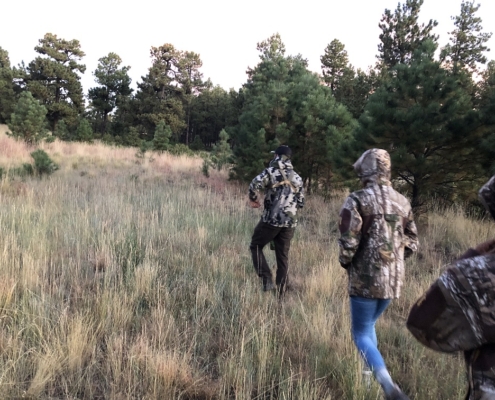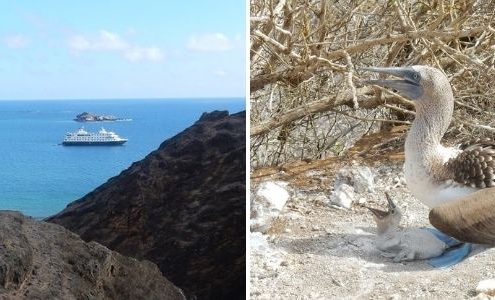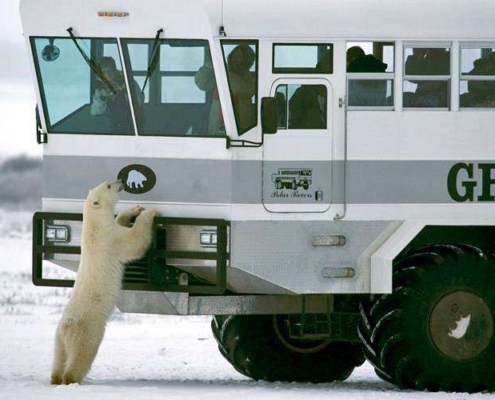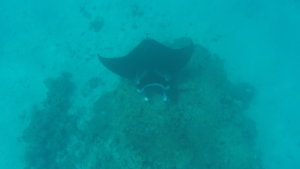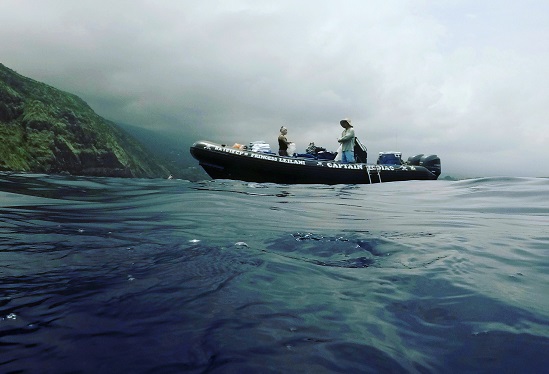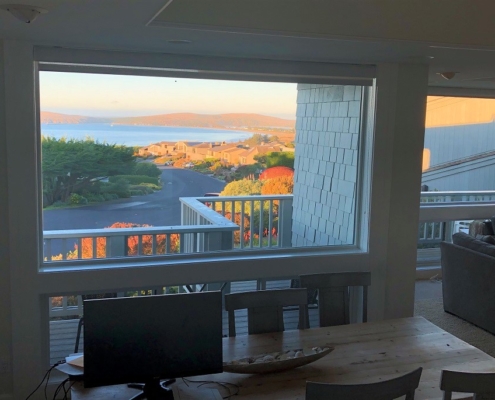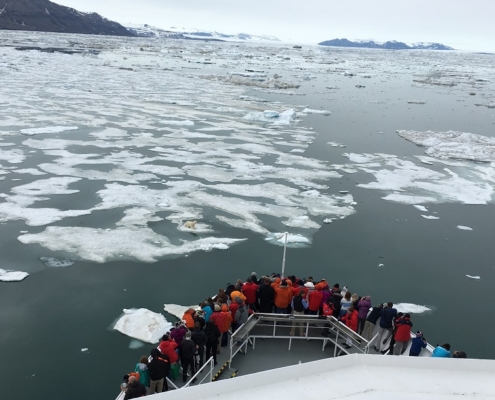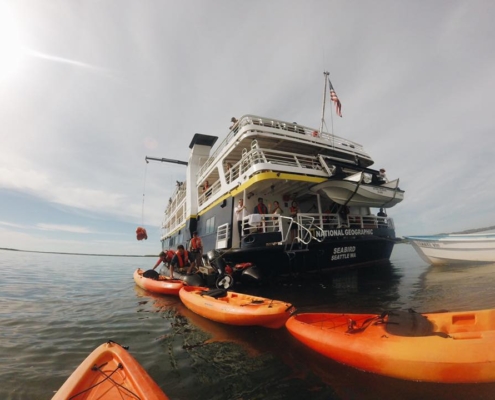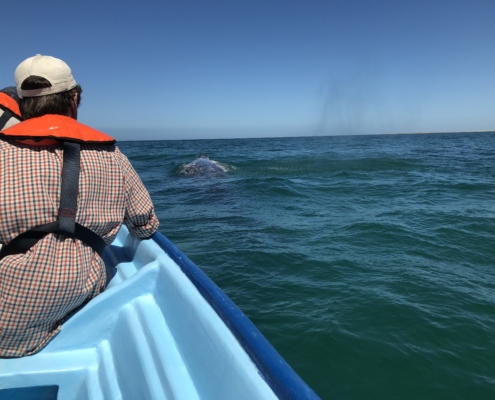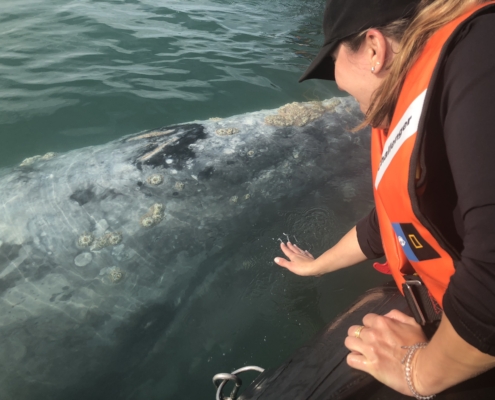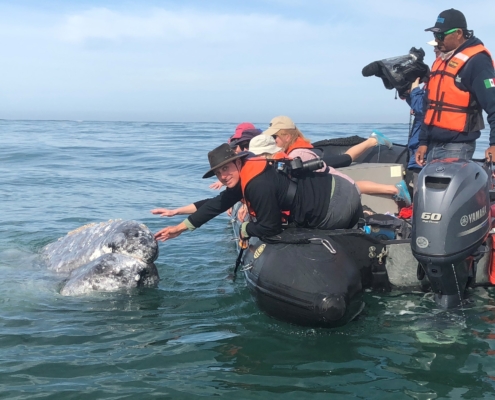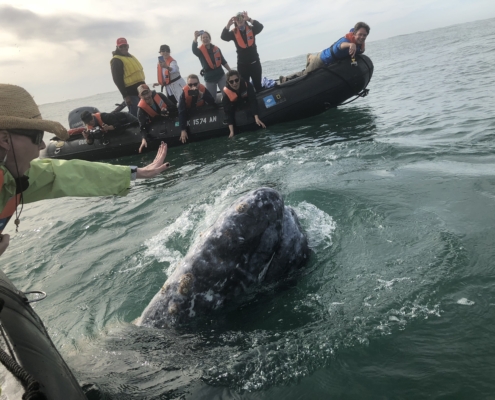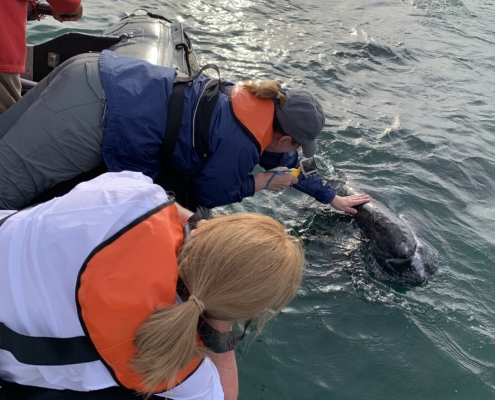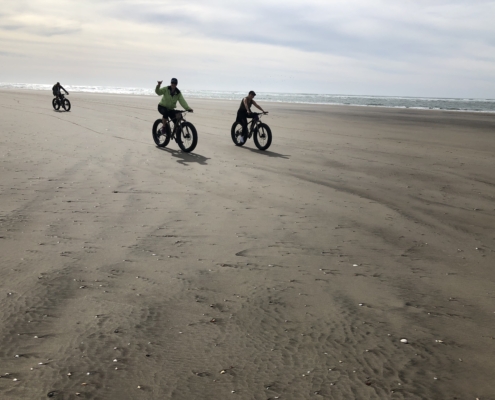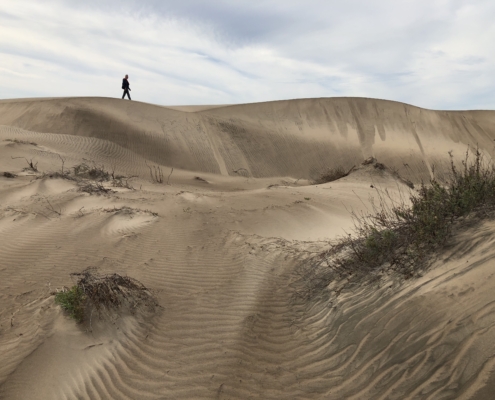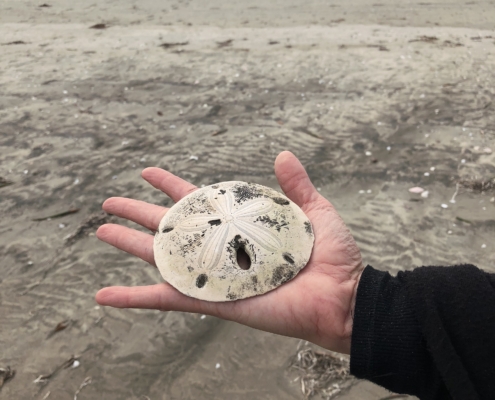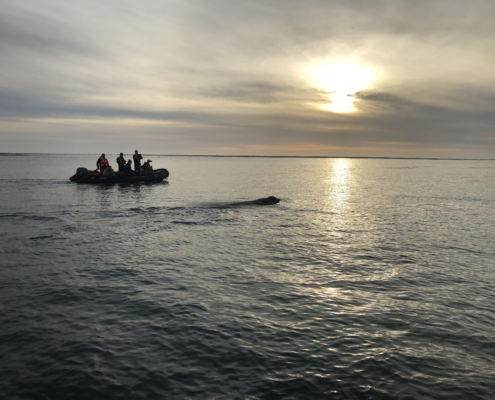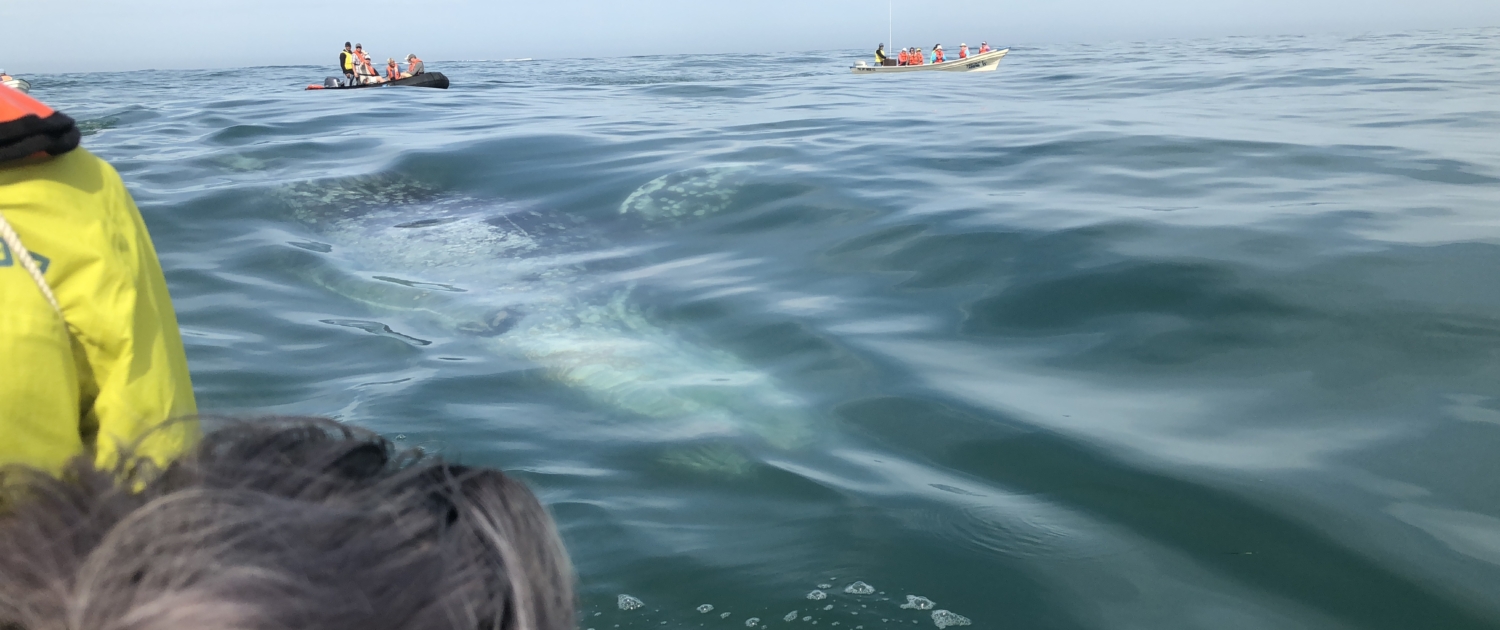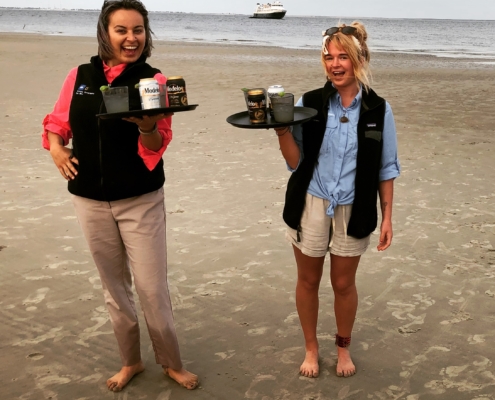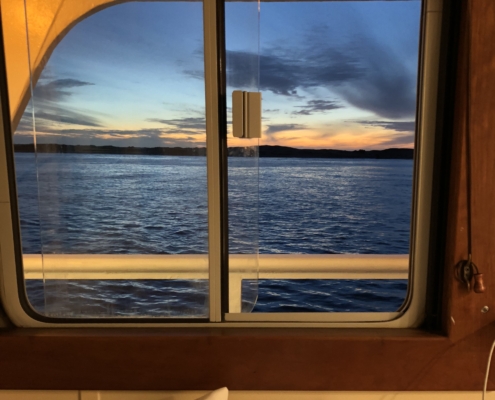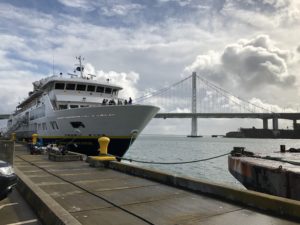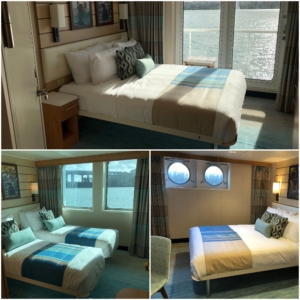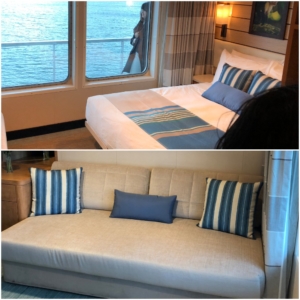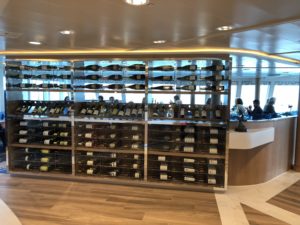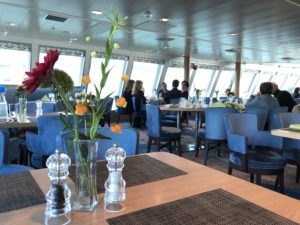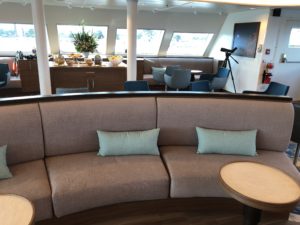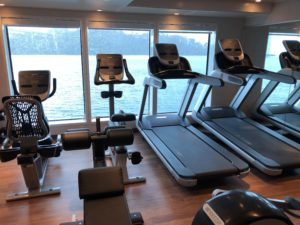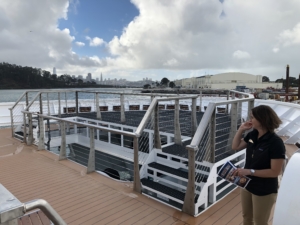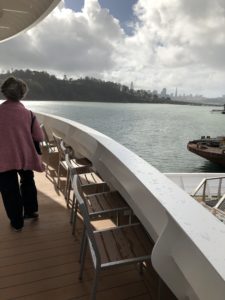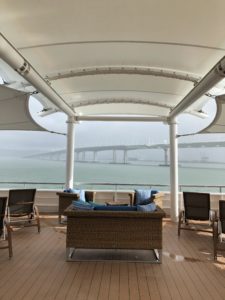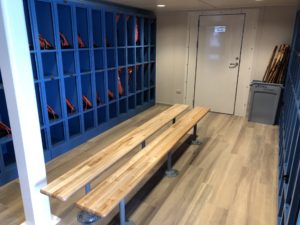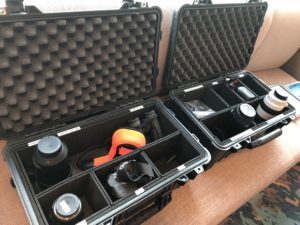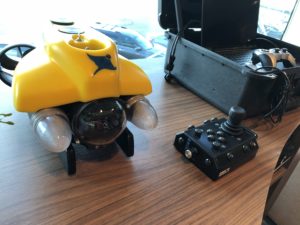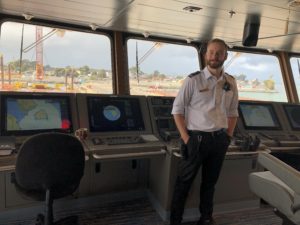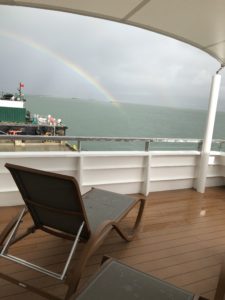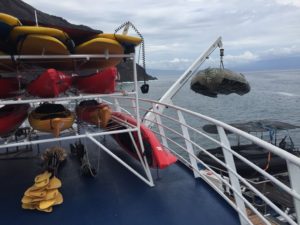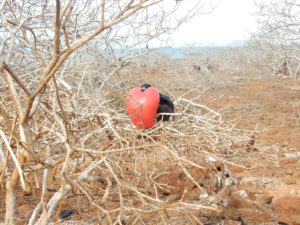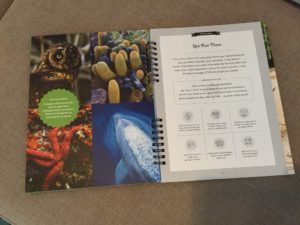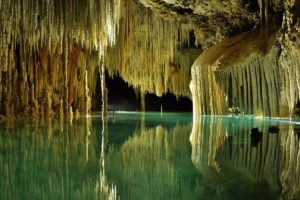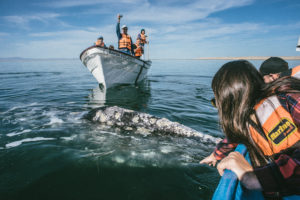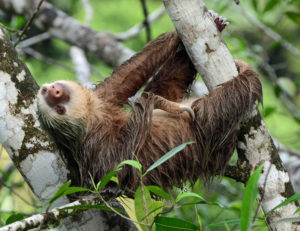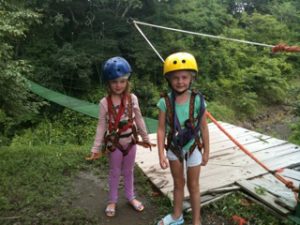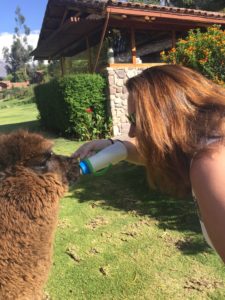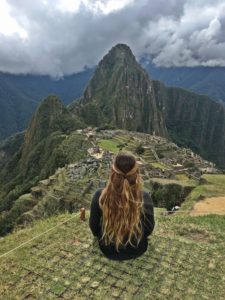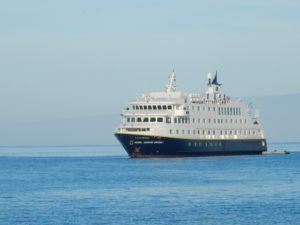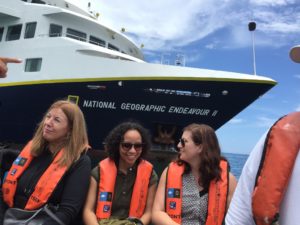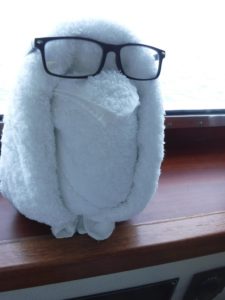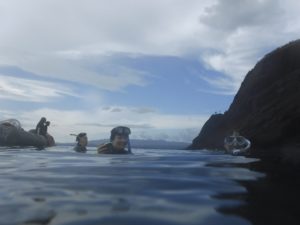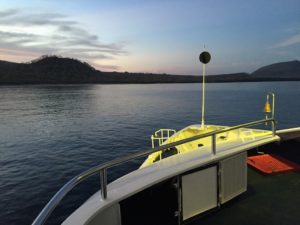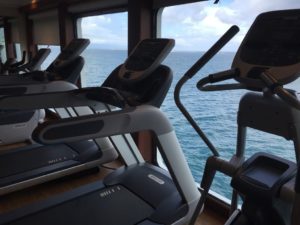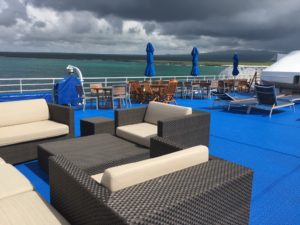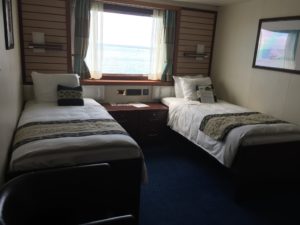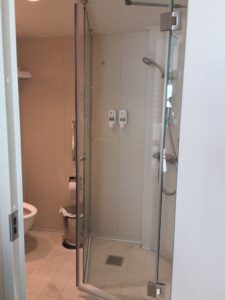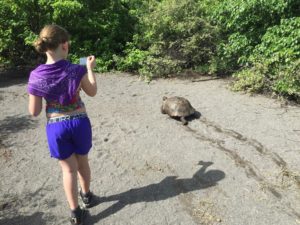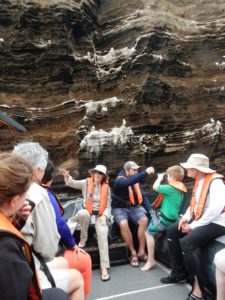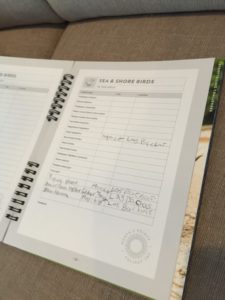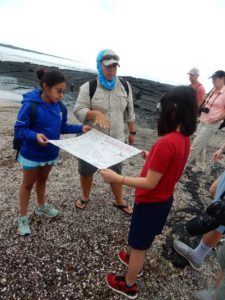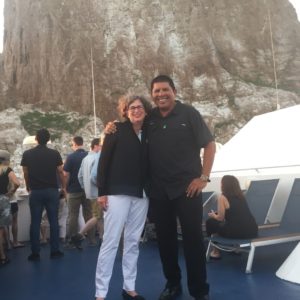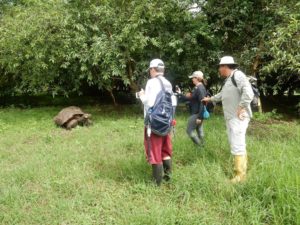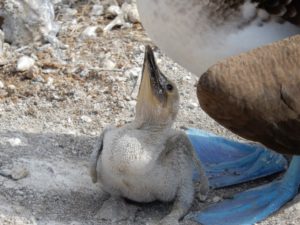If your goal is an authentic wildlife experience, then you need to choose your trip and your travel supplier carefully. You want to be sure your trip was designed specifically with finding and viewing wildlife in mind, above everything else. You are there for the experience, not the thread count!
Here are some of the key factors to look for:
Timing – You want to be in the right place at the right time. While you can see bears throughout the primary tourist season in Alaska, there is a specific time of year and location if you hope to see bears scooping salmon out of a river. The same goes for seeing baby penguins in Antarctica.
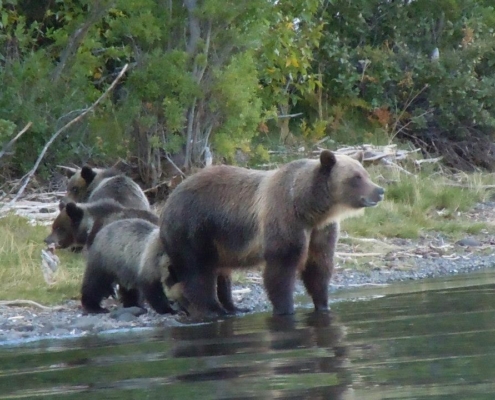
The bear viewing season is completely different in British Columbia. And there is one location unlike all others. Photo credit: The Chilko Experience
Size – Smaller is better for the group size, accommodations, and transportation. The less disturbance you make in the environment, the better chance you won’t scare wildlife away. In properly managed locations, wildlife is not fearful of humans which allows for close interaction.
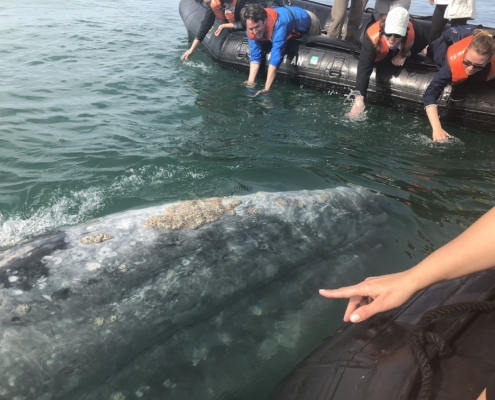
One of the most memorable wildlife encounters I’ve had was in Magadalena Bay with Lindblad Expeditions. Within their lifetime, the gray whales here were hunted. So it’s amazing they are eager to interact with humans now.
Expert Guides– You want experienced guides familiar with the area and the behavior of the local wildlife, as they will know where to go, and can read the physical and environmental clues. Some guides in Africa are very well known and sought after by the many companies who plan custom touring, so you need to plan ahead to hire them for your trip.
Flexibility – Wildlife does not appear on schedule. Even when you’re in the right place, you often have to wait for the wildlife to show up. Or you have to be able to quickly move to where the wildlife is spotted. So don’t be alarmed if your travel itinerary doesn’t appear to have a lot of structure. You need to have patience, but with that comes great rewards.
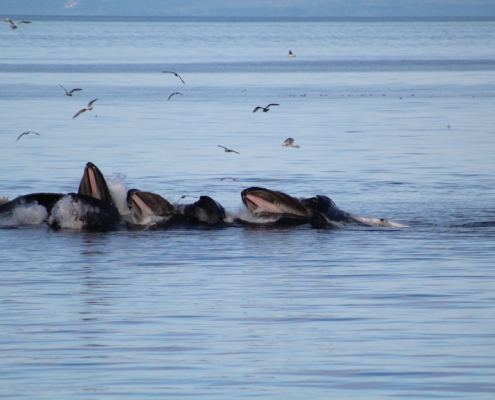
An expedition cruise will re-route the ship or stop dinner service to see a pod of whales. Photo credit: Lindblad Expeditions client in Alaska.
Remote Location– It makes sense that there is more pristine wildlife viewing when there are fewer people, so find a supplier who has exclusive permits or access to private land. The best Africa safari experiences are on private concessions instead of in the national parks.
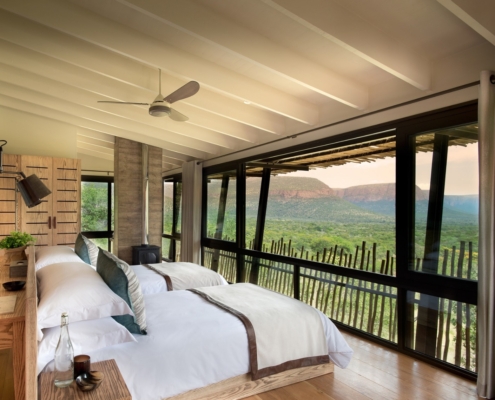
Though you can’t always expect luxury, it doesn’t mean you can’t get it along with a great wildlife experience. Photo credit: Africa Inscribed Private Travel
Sustainability– It’s critical that tourism does not adversely impact the environment or the behavior of animals in order to preserve both. Most of the top suppliers in the industry have a solid reputation as good stewards of their destinations, but do a little research to be sure. You want to be sure your tourism dollars are helping, not harming.
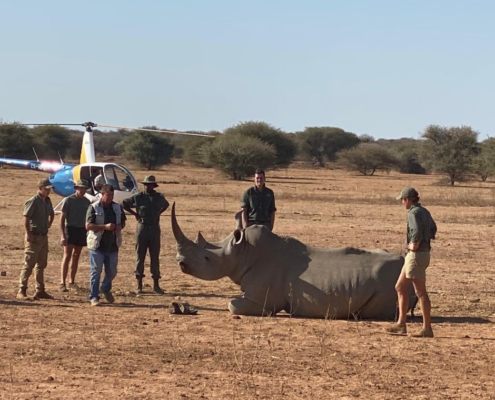
“We were so privileged to be part of this conservation programme which was, without a doubt, one of our career highlights.” Photo credit: Africa Inscribed Private Travel
The best wildlife trips that incorporate all these elements:
Expedition cruises – Companies like Lindblad Expeditions and Aqua Expeditions have ships designed for this purpose, with only 30-100 passsengers that can get into remote locations, and launch zodiacs and kayaks to provide close-up experiences in very small groups.
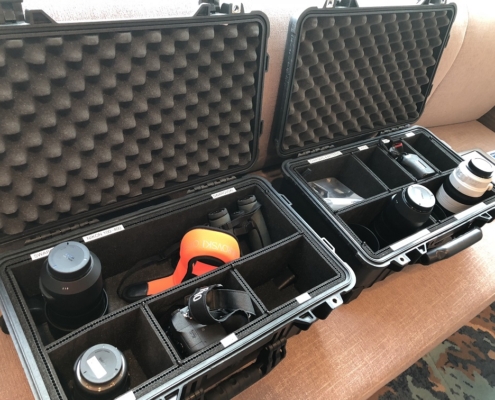
Lindblad Expedition stocks a locker with high end photography gear and binoculars that clients can borrow for no charge.
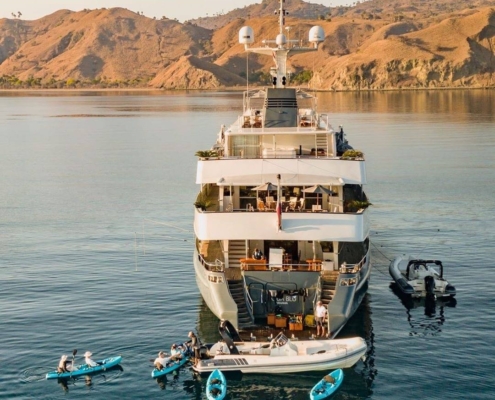
Aqua Expeditions newest ship, Aqu Blu, was designed to travel in Indonesia year-round, including Komodo National Park. Photo credit: Aqua Expeditions
Small group escorted wildlife tours – A great example is Natural Habitat Adventures, with a group size averaging only 9 people. Their polar bear excursions in Canada are outfitted with vehicles and lodging designed specifically for the environment.
Private wildlife tours– This is the ultimate wildlife experience catered to your special interests and abilities. They can even take you off the beaten path in popular tourist areas like national parks. (You can book many Nat Hab trips as a private tour at little to no extra cost, depending on your group size!) Booking a private car and guide in Africa offers a richer safari experience than the group game drives.
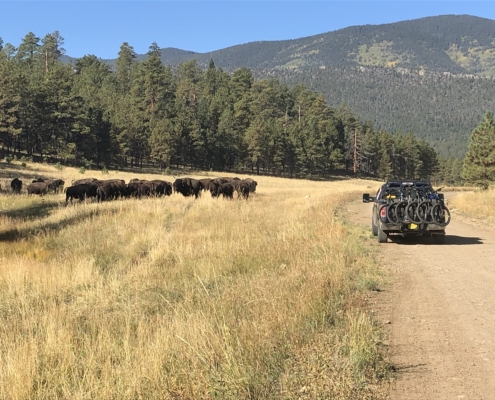
Looks like Yellowstone but it’s Vermejo Ranch in New Mexico! It’s larger than most national parks, and has its own herd of bison.
If you are traveling independently and want a great wildlife experience, splurge by booking a private tour with an expert guide. This is also ideal for photographers, as they can guide you to the wildlife, and you don’t have to jostle for position with other tourists.
For expert assistance with a wildlife-focused trip, contact me at suzette@suzettemacktravel.com.

